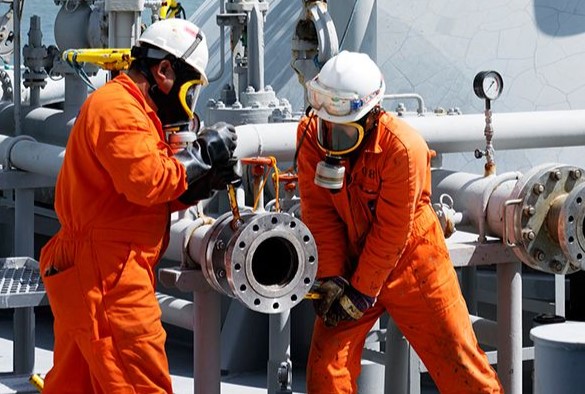Industrial machines rely on many small but critical parts to work smoothly. One such vital component is the hydraulic seal. Though it might seem small and simple, hydraulic seals are essential for keeping machines running efficiently and safely. Without them, hydraulic systems would leak fluid, lose pressure, and eventually fail. This article explores what hydraulic seals are, their role in industrial equipment, and why they are indispensable.
Definition and Importance of Hydraulic Seals
Hydraulic seals are specially designed components that prevent fluid leakage in hydraulic systems. These seals fit tightly around moving parts like pistons and rods. Their main job is to hold hydraulic fluid inside cylinders while keeping dirt and contaminants out. This function ensures machines maintain pressure and perform with precision.
The importance of hydraulic seals cannot be overstated. They help maintain the efficiency of hydraulic equipment by preventing fluid loss. Without proper sealing, machinery can become less responsive and even stop working. In industries like manufacturing, construction, and agriculture, these seals keep the equipment reliable and extend its working life.
Types of Hydraulic Seals and Their Uses
There are several kinds of hydraulic seals, each serving a specific purpose. The most common types include rod seals, piston seals, wiper seals, and static seals. Rod seals are used where a rod moves in and out of a cylinder, stopping fluid from escaping. Piston seals fit around the piston inside a cylinder, helping create pressure differences.
Wiper seals clean dirt and moisture off rods as they retract into the cylinder. Static seals, on the other hand, are fixed in place and prevent leaks between two stationary parts. Selecting the right type of hydraulic seal depends on the application and the kind of movement involved.
Common Materials Used in Hydraulic Seals
Hydraulic seals come in various materials, carefully chosen to handle pressure, temperature, and chemical exposure. Rubber compounds like nitrile (NBR) are popular for their oil resistance and flexibility. Polyurethane (PU) offers high wear resistance and is often used in heavy-duty applications.
Fluorocarbon (FKM) seals work well in high-temperature environments. Each material has strengths and weaknesses, so engineers pick seals based on the specific industrial needs. The correct material choice ensures long-lasting performance and prevents premature seal failure.
Hydraulic Seals Protect Industrial Equipment
By keeping hydraulic fluid contained, hydraulic seals protect machines from damage and breakdown. Fluid leakage can cause pressure loss, reducing the machine’s power. It can also lead to contamination inside the system, harming internal components.
Seals help maintain smooth motion and prevent metal parts from grinding against each other. This reduces wear and tear on expensive machinery parts. In this way, hydraulic seals not only preserve efficiency but also save companies money on repairs and downtime.
Maintenance and Lifespan of Hydraulic Seals
Though hydraulic seals are durable, they do wear out over time. Factors such as pressure, temperature, and exposure to chemicals affect their lifespan. Regular inspection and maintenance are essential to catch seal problems early.
Replacing worn seals promptly can prevent leaks and keep machinery running smoothly. Maintenance routines often include checking for signs of cracking, hardening, or swelling in seals. Proper lubrication and correct installation also extend the life of hydraulic seals, ensuring consistent performance.
Conclusion
Hydraulic seals play a quiet but crucial role in industrial equipment. Their ability to keep hydraulic fluid contained and protect machinery parts helps industries run smoothly. Understanding the types, materials, and maintenance needs of hydraulic seals allows operators to choose the right seals for their machines and avoid costly failures.

